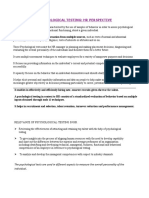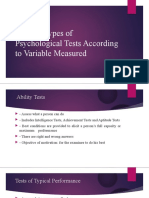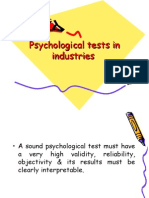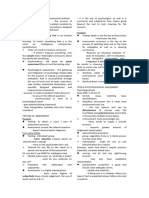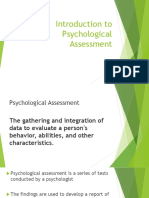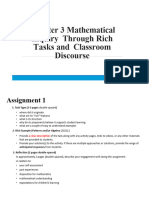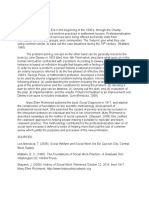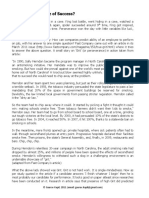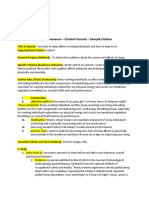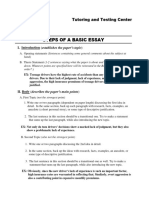0% found this document useful (0 votes)
49 views64 pagesIntro To Testing
The document provides a comprehensive overview of psychological testing, including its definition, principles, uses, and various types of tests. It emphasizes the importance of validity and reliability in psychological assessments and outlines the historical development of psychological testing from the 19th century to the present. Key figures in the field, such as Alfred Binet and Francis Galton, are highlighted for their contributions to the establishment of standardized testing methods.
Uploaded by
whyman2824Copyright
© © All Rights Reserved
We take content rights seriously. If you suspect this is your content, claim it here.
Available Formats
Download as PPTX, PDF, TXT or read online on Scribd
0% found this document useful (0 votes)
49 views64 pagesIntro To Testing
The document provides a comprehensive overview of psychological testing, including its definition, principles, uses, and various types of tests. It emphasizes the importance of validity and reliability in psychological assessments and outlines the historical development of psychological testing from the 19th century to the present. Key figures in the field, such as Alfred Binet and Francis Galton, are highlighted for their contributions to the establishment of standardized testing methods.
Uploaded by
whyman2824Copyright
© © All Rights Reserved
We take content rights seriously. If you suspect this is your content, claim it here.
Available Formats
Download as PPTX, PDF, TXT or read online on Scribd
/ 64




